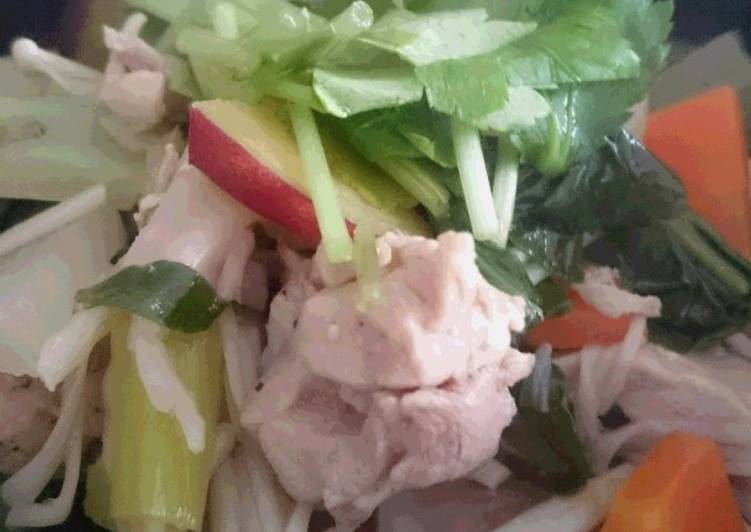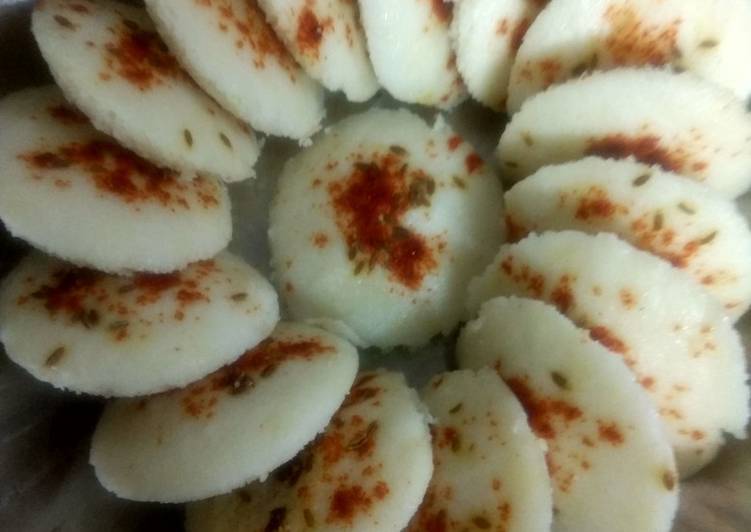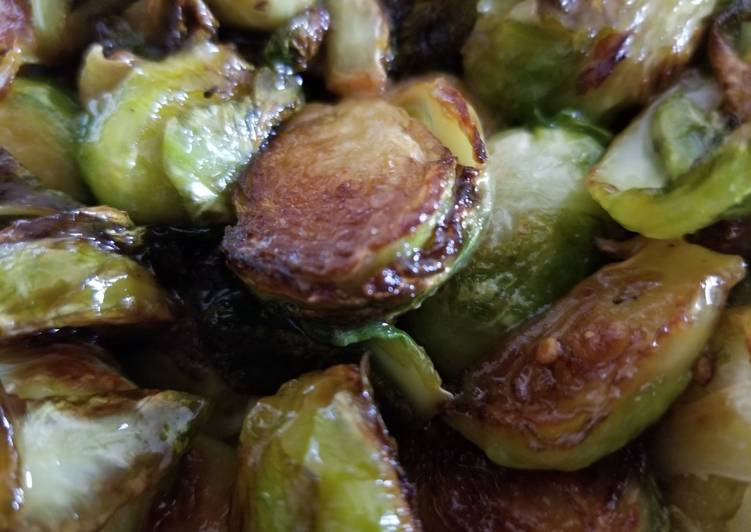
Hey everyone, it is John, welcome to our recipe site. Today, we’re going to make a distinctive dish, udon noodle in kenchin soup(japanese vegetable chowder). One of my favorites food recipes. For mine, I will make it a little bit unique. This is gonna smell and look delicious.
This Japanese udon noodle soup recipe features an easy udon soup base that you can make in minutes. Choose your favourite udon toppings such as spring onion, katsuoboshi (bonito flakes) and shichimo togarashi (Japanese chilli flakes)! People in Japan eat Udon ususally in hot soup with some meats or vegetables.
Udon noodle in Kenchin soup(Japanese vegetable chowder) is one of the most favored of current trending meals on earth. It is easy, it’s quick, it tastes yummy. It is enjoyed by millions daily. Udon noodle in Kenchin soup(Japanese vegetable chowder) is something which I have loved my entire life. They’re fine and they look fantastic.
To get started with this particular recipe, we must prepare a few ingredients. You can cook udon noodle in kenchin soup(japanese vegetable chowder) using 14 ingredients and 6 steps. Here is how you can achieve it.
The ingredients needed to make Udon noodle in Kenchin soup(Japanese vegetable chowder):
- Make ready 300 g udon(refregerated, not dried)
- Prepare 100 g~200g chicken thigh
- Make ready 5 cm daikon radish
- Take 5 cm sweet potato
- Prepare 5 cm carrot
- Take 5 cm burdock
- Make ready 1 large leaf of Chinese cabbage
- Make ready and any vegetables you like
- Make ready 10 g ginger(minced or shredded)
- Prepare 500 ml dashi stock
- Take 20 ml soy sauce
- Take 20 ml mirin
- Make ready 3 g salt
- Take 1 tsp sesame oil
Kenchin udon: A popular winter udon dish in which udon is added into a soup made with stir-fried Azuki Batto is a traditional dish of udon noodles in a sweet red bean soup that has been eaten in Root vegetables are the most commonly used ingredients, and the noodles are made without salt. Vegetable Udon Noodle Soup: Light and kind of delicate, kind of hearty, this is a lovely vegetarian Asian soup, that you can change up all kinds of ways. This slurper incorporates some of my very favorite Japanese flavors, and my kids' favorite noodle, udon. How often have I told you that you can.
Instructions to make Udon noodle in Kenchin soup(Japanese vegetable chowder):
- Cut chicken into small bite sizes. Slice vegetables into slightly thick pieces.
- Heat chicken and vegetables in a pot, until the color of the chicken changes.
- Add dashi stock, soy sauce, mirin, and salt, let them boil.
- When the pot is boiled, reduce the heat and cook until the vegetables are tender.
- In another pot with water, start boiling udon (the boiling time depends on the udon, check the instructions on the label).
- Put the boiled udon in a bowl, serve the kenchin soup into the bowl, and add sesame oil. Adding cayenne pepper powder also makes the udon more enticing.
Instant Pot Japanese Vegetable Udon NoodleCorrie Cooks. Bukkake udon—Japanese chilled udon noodles, served with a cold soy-based broth and topped with your choice of condiments, like grated · Beef udon is a Japanese comfort dish made of tender sliced beef seasoned and stir fried on top of warm udon noodle in a. After separately cooking the udon noodles, Keiko put the whole dish together in her donabe—a beautiful Japanese ceramic pot—adding a whisked egg at Keiko had used Japanese garlic scapes and Japanese cilantro when she made the soup, but because I. Cook the udon noodles according to the package instructions. Divide drained, cooked udon into two large, deep serving bowls.
So that is going to wrap it up for this special food udon noodle in kenchin soup(japanese vegetable chowder) recipe. Thank you very much for reading. I’m sure that you will make this at home. There’s gonna be interesting food in home recipes coming up. Remember to bookmark this page in your browser, and share it to your loved ones, friends and colleague. Thanks again for reading. Go on get cooking!


